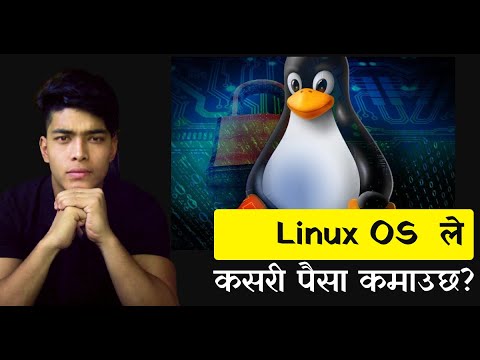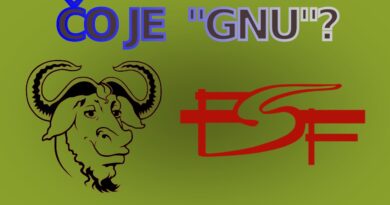How linux OS earns ?? Why they are free ?? Tech Revenue Model #5
On Windows, Mac, and mobile devices, you can make a decent living selling software directly to users. On those platforms, people are accustomed to paying for applications (although many are free).
Things are different for open source software. You’re free to charge money, but what’s to stop someone from taking the source code and releasing an alternative?
Selling applications, physical products, and online services is also how the big guys make their money. Apple and Microsoft want you to use their programs on their machines. So if you’re an employee producing code to run on a commercial operating system, your employer is likely in the business of selling software.
Google differs in that it makes most of its money from ads, but Canonical took a beating when it tried something even vaguely similar.
In short, you need to take a different approach to making money in the open source world. How exactly do people make money producing Linux code and giving it away for free?
1. Asking for Donations
You go to an application’s webpage and see a donate button in the corner. Do you click it? Maybe. Probably not.
Patreon has helped out some members of the open source community, but many developers aren’t popular enough to attract a following monthly. Distros such as Elementary and Ubuntu MATE manage to bring in some revenue using this model, but the platform is better suited for content creators than software developers.
A few services take the opposite approach. Rather than being places to ask users for money, these sites provide a way for people to send tips to services they enjoy. Examples include Tip the Web and Gratipay.
Organizations have an easier time attracting donations than individual developers. Groups such as the GNOME Foundation, KDE e.V., the Free Software Foundation, and the Software Freedom Conservancy bring in enough donations to function. Open source enthusiasts donate to benefit a cause, and companies sometimes contribute big dollars to support technologies they benefit from. Some are willing to become corporate sponsors.
2. Working for a Company
Many developers earn their monthly income creating Linux code. They work for companies that, for one reason or another, have determined that supporting the Linux ecosystem is good for business.
Some are “open source” companies. Making free software is a key part of what they do. Red Hat is the largest example of this. Canonical, who makes Ubuntu, is another prominent one. Both make money by establishing support contracts with companies that use their products.
Others utilize Linux to achieve their own specific goals. Before Android and Chrome OS, Google didn’t market its own distros, but it still hired developers who had to work on Linux. Over the years, it has produced a number of Linux-compatible apps.
But in some cases, there’s no way around working directly on the original open source project. Lesser known companies such as StrongLoop and Voxer pay some people to work exclusively or predominantly on Node. And because life isn’t black and white, so does Microsoft.
3. Going Independent as a Consultant or Contractor
A developer can make decent money going independent. Rather than join a company, they take their skills and work as a consultant. Many organizations need help starting an open source project, and a consultant can help them get off the ground. Others find that keeping a project going is even harder and turn to a consultant for help.
Many companies need help building or maintaining a Linux server but don’t want to hire someone for a full-time position. An independent contractor with Linux expertise can come in and take care of the job.
4. Hunting Bounties
One innovative approach to paying developers is actually rather old school. Name a job you want done and put up a bounty. Whoever does the deed takes home the reward.
Bountysource is a website where users can contribute money towards these bounties. The reward doesn’t have to come from one source. Many people can toss $5 toward a project in hopes that if enough people jump in, a developer will find the reward enticing.
Channel is made to target people who have more eager in learning new things. These channels include review and analytical video on technology and general stuff. If you want such stuff then please like and support the channel by subscribing to the channel.
#linux #techRevenueModel
If you have some query then, please do mail me at my official mail from bio.
#hungrymind
Follow me on other social media.
Instagram: https://www.instagram.com/hungrymind_official/
Linkedin: https://www.linkedin.com/in/subashshrt/
Facebook: https://www.facebook.com/hungreeMind/
Twitter : https://twitter.com/dronashrt12
Tiktok: https://www.tiktok.com/@hungrymind_official
by Hungry Mind
linux foundation



